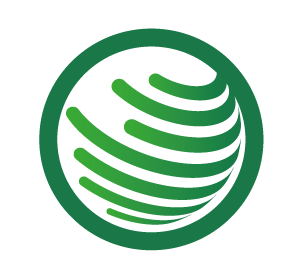



EU dairy exports up, feed grain trade down
Rising import costs impact EU meat and feed balanceEU agri-food trade held firm in the first quarter of 2025, despite rising global commodity prices, according to a press release from the European Commission's Directorate General for Agriculture. Exports increased by 3% year-over-year, reaching €59.7 billion, supported by high cocoa and dairy prices. Imports rose by 20%, totalling €48.1 billion, driven by higher prices for cocoa, coffee, fruit and nuts.
Despite the jump in imports, the EU’s agri-food trade balance remained positive at €11.6 billion, although slightly reduced from the same period in 2024.
Dairy and confectionery exports up, cereals down
In March 2025 alone, EU agri-food exports totalled €21.1 billion. For the full quarter, the UK remained the top destination, importing €13.5 billion worth of EU products—a 5% increase from 2024.
Exports of coffee, tea, cocoa and spices grew by 51% (€1.1 billion), mainly due to surging cocoa prices. Chocolate and confectionery exports rose 21% (€539 million), while dairy exports were up 7% (€327 million), also due to higher prices.
By contrast, cereal exports fell sharply—down €1 billion or 27%—due to lower shipments of wheat and maize, particularly to China.
Import surge led by cocoa, coffee and nuts
Rising prices for several key imports pushed EU intake to €48.1 billion in Q1 2025. Cocoa prices doubled, and coffee rose by 65%, boosting import values from major suppliers. Notable year-over-year increases came from Côte d’Ivoire (+84%, €1.2 billion) and China (+35%, €732 million).
However, imports of sugar and isoglucose declined by 39% (€197 million), and olive oil imports dropped by 32% (€167 million), reflecting reduced volumes and lower prices.
Imports from Russia and Ukraine fell, largely due to reduced trade in cereals and oilseeds.
Outlook
The EU’s agri-food trade surplus remains solid but is under pressure from elevated global commodity prices. Dairy continues to perform well on the export side, while falling cereal volumes and rising feed ingredient prices may influence feed and livestock sectors going forward.



